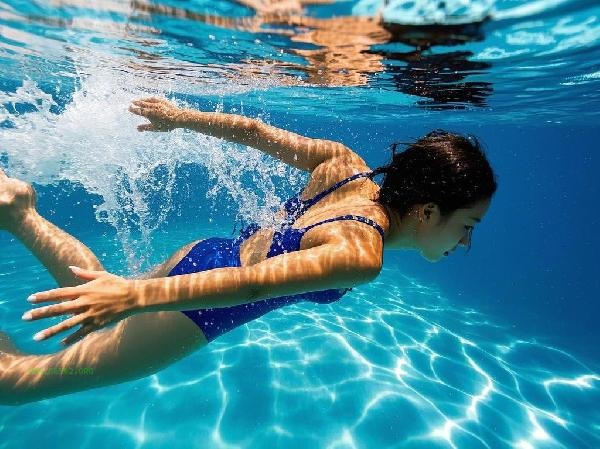To determine whether the water quality of a swimming pool is clean, a comprehensive evaluation can be conducted by observing the transparency of the water, detecting residual chlorine content, smelling odors, checking the cleanliness of the pool bottom, and paying attention to skin reactions.

1. Water Transparency
Clean swimming pool water should be clear to the bottom, with clear visibility of the tile joints or drainage outlets at the bottom of the pool. If the water is turbid or contains suspended solids, it may lead to microbial growth due to filtration system failure or incomplete disinfection. It is recommended to observe during open hours when there is sufficient light to avoid misjudgment due to insufficient light.
2. Residual Chlorine Content
Regular swimming pools will publicize water quality testing results, and the residual chlorine concentration should be maintained within a reasonable range. Portable residual chlorine test strips can be used for rapid detection. Low concentrations cannot effectively kill bacteria, while high concentrations can irritate the skin and mucous membranes. If there is obvious eye pain or dry hair after swimming, it may indicate abnormal chlorine content.
3. Odor Identification
A clean swimming pool only has a slight chlorine odor. If you smell a pungent chemical or moldy smell, it may be due to excessive levels of chloramine compounds or algae growth. Special attention should be paid to the ventilation of indoor swimming pools, as the accumulation of odors in enclosed environments often reflects water quality issues.

4. Bottom condition
Check whether there is a slippery feeling or sediment on the pool wall and bottom. The clean surface of the pool body should be smooth and free of attachments. If algae growth or obvious dirt accumulation is found, it indicates that cleaning and maintenance are not timely, and there may be a risk of excessive bacteria.
5. Skin reactions
Allergic symptoms such as itching and rash on the skin after swimming, or significant fading of the swimsuit, may indicate poor water quality. Sensitive individuals can shorten their swimming time and rinse immediately. If symptoms persist, seek medical examination.

Choose a legitimate swimming venue and pay attention to checking the hygiene license and daily water quality announcement. Rinse the body with warm water before and after swimming, avoid rubbing the eyes, and wear goggles and swim caps to reduce irritation. Children and people with sensitive skin are advised to avoid peak periods of abortion. If the water quality is abnormal, use should be immediately stopped and feedback should be given to management personnel. Regular swimmers can evaluate the level of venue management by observing the frequency of water changes, the operation status of filtration equipment, and if necessary, request to view third-party water quality testing reports.






Comments (0)
Leave a Comment
No comments yet
Be the first to share your thoughts!